I have these settings
EMAIL_HOST = 'smtpout.secureserver.net'
EMAIL_HOST_USER = 'username@domain.com'
EMAIL_HOST_PASSWORD = 'password'
DEFAULT_FROM_EMAIL = 'username@domain.com'
SERVER_EMAIL = 'username@domain.com'
EMAIL_PORT = 465
EMAIL_USE_TLS = True
SMTP_SSL = True
Speaking to Godaddy I have found out these are the ports and settings
smtpout.secureserver.net
ssl
465
587
TLS ON
3535
TLS ON
25
TLS ON
80
TLS ON
or
TLS OFF
I have tried all the combinations. If I set TLS to True I am getting
STARTTLS extension not supported by the server.
If I set to 465 I am getting
If I set other combinations like
EMAIL_HOST = 'smtpout.secureserver.net'
EMAIL_HOST_USER = 'username@domain.com'
EMAIL_HOST_PASSWORD = 'password'
DEFAULT_FROM_EMAIL = 'username@domain.com'
SERVER_EMAIL = 'username@domain.com'
EMAIL_PORT = 25
EMAIL_USE_TLS = False
For verification, I used Google Mail settings to test if the email sending via python works, and it is working.
Now I want to switch to GoDaddy and I know for the email we use TLS to log in even for POP3 download and it is working, so I am not sure why python / Django option is not working. Can you please help?
I have called Godaddy, they cannot help because it is a software issue - all their settings and ports are working, so I have no one to ask.


